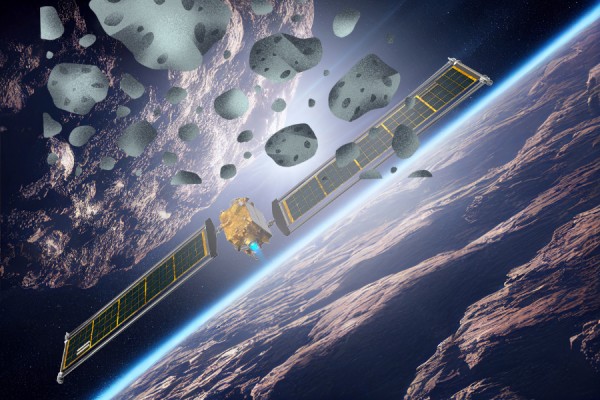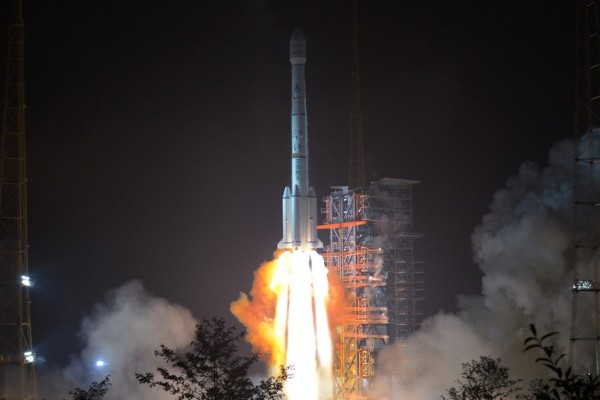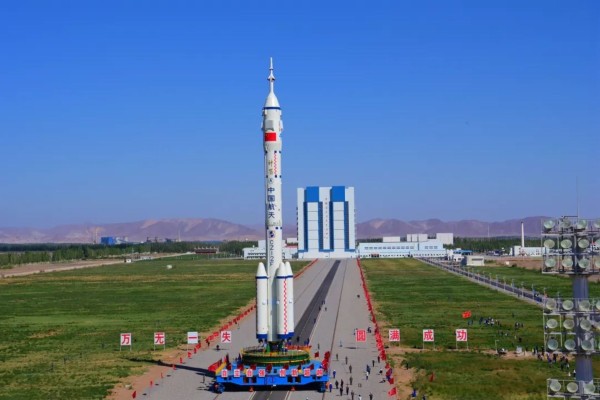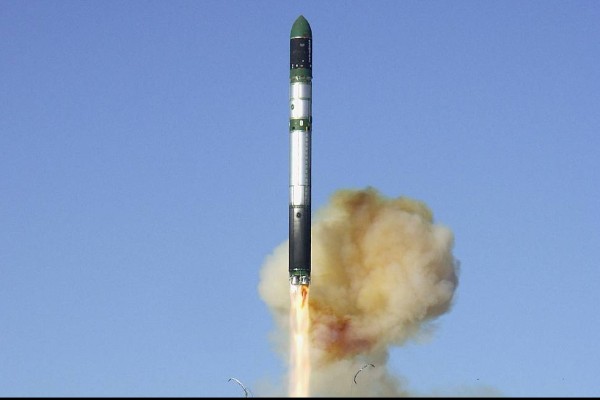- Space
- 1 year before
Ariane 4: A Milestone in European Space Exploration
Design, technical details and a detailed look at the success of the commercial satellite of Ariane 4. The impressive success of ESA and Arianespace is examined
-

- 1 year before
- Category: Space
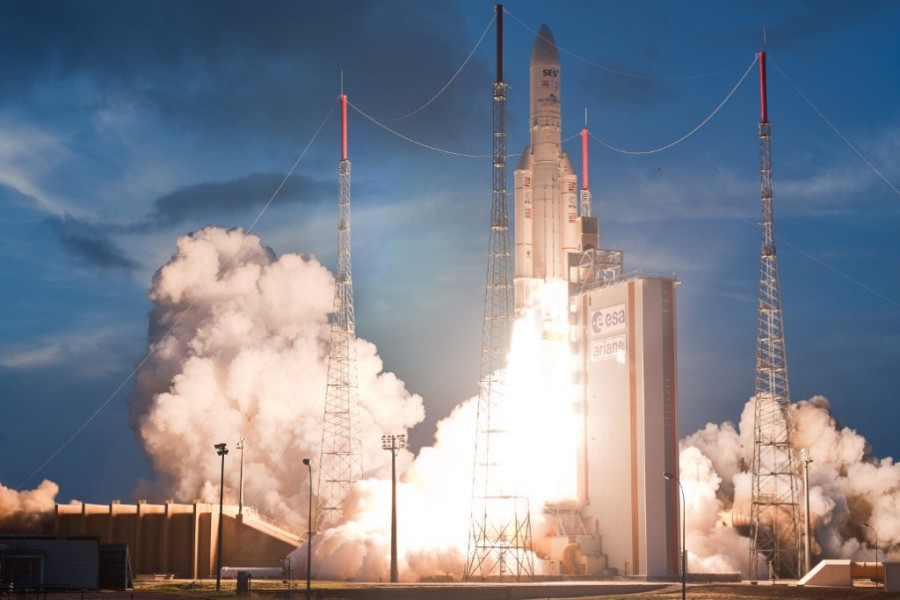
Ariane 4 is a launch vehicle with an impressive track record of success, developed by the European Space Agency (ESA) and operated by Arianespace. Operating between 1988 and 2003, Ariane 4 consolidated Europe's leadership in the commercial satellite market with 113 successful launches. In this article, we will examine in detail the design, technical characteristics and important tasks of Ariane 4
Design and Specifications
The Ariane 4 is a versatile launch vehicle with a variety of configurations. The rocket consists of a first stage with four main Viking engines, a second stage with a single Viking engine, and a third stage with an HM7-B engine. Ariane 4 can be equipped with solid fuel thrusters (PAP) and liquid fuel thrusters (PAL), allowing it to reach different load capacities. The total height of the rocket is about 58.4 meters and can carry payloads between 2,000 and 4,700 kilograms to the geostatic transfer orbit (GTO)Achievements and Key Missions Ariane
4 has successfully placed various communications satellites into orbit, strengthening its position in the European commercial satellite market. The rocket achieved success in 113 out of 116 flights, achieving a success rate of 97.4%. Ariane 4 has made Europe a worldwide player in the commercial competition
in space. Impact on the Space Industry
The success of Ariane 4 has increased the independence and competitiveness of ESA and the European space industry. The rocket's flexible structure and high success rate have made it an attractive option for international customers. Ariane 4 demonstrates Europe's capabilities in space exploration and laid the groundwork for the development of Ariane 5. Ariane 4 has gone down in history as a symbol of the growth and success of Europe's space exploration and commercial satellite launch capabilities. With its reliability, flexible configuration options and impressive track record of success, Ariane 4 has played an important role in the space industry, cementing its position as a leader in space exploration in Europe. Following the retirement of Ariane 4, Ariane 5 has carried on this successful legacy, further advancing its role in Europe's space industry.

